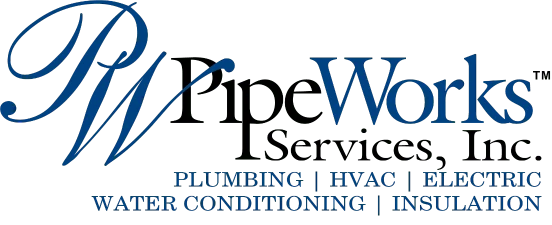Your HVAC system may suffer from rapid cycling, and you may not know it. You will know it, however, when you get your electric bill or fuel bill. A furnace, at the mercy of a badly programmed thermostat, will rapidly cycle or go off and on quickly, wasting energy. Your programmable thermostat must be correctly programmed to enhance your energy efficiency.
Rapid Cycling
If your New Jersey home’s programmable thermostat has a heat anticipation feature (common in adaptive recovery units) that is programmed incorrectly with less than one degree of variation, the furnace may misread the setting, firing every few minutes to keep the household ambient temperature within that narrow band.
Energy Savings Accomplished
A correctly set programmable thermostat can keep your family warm all winter while still lowering your energy bills. You can programmable thermostats for two daily time blocks to keep your household temperature lower without anyone feeling chilly.
For waking up and beginning your day in the fall and winter, it is suggested to set the programmable thermostat to a comfortable 68 degrees. When your New Jersey home is empty during the day (for school and work), use a setback point of 60 degrees for around eight hours. Program the afternoon “welcome home” time block for 68 degrees, and the overnight time for energy-efficient 60 degrees again.
Three Models
Three basic programmable thermostat configurations dominate the market, with available extra features such as Wi-Fi:
7-day models allow seven separate schedules, each with four time periods, providing the greatest flexibility among models
5+2—one program for the five weekdays, and another for the two weekend days
5-1-1—if your Saturday is vastly different from Sunday, this version allows one four-block schedule for all weekdays, a Saturday schedule, and a separate Sunday schedule.
To learn more about the benefits of programmable thermostats for your New Jersey home, contact us at Pipe Works Services




